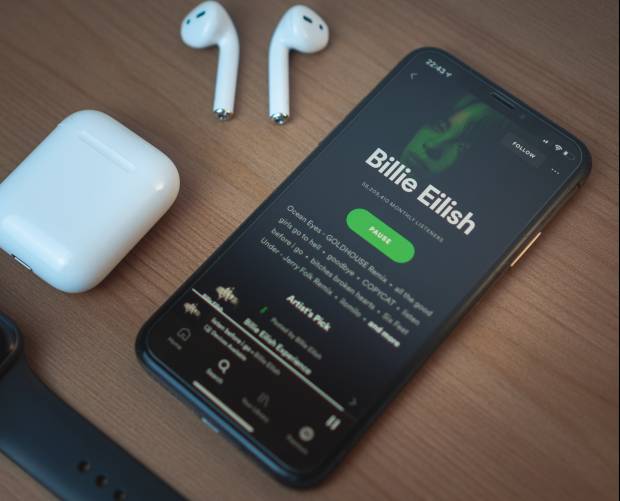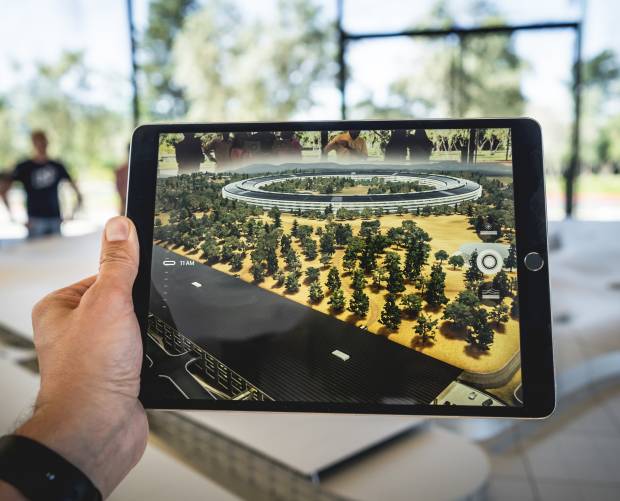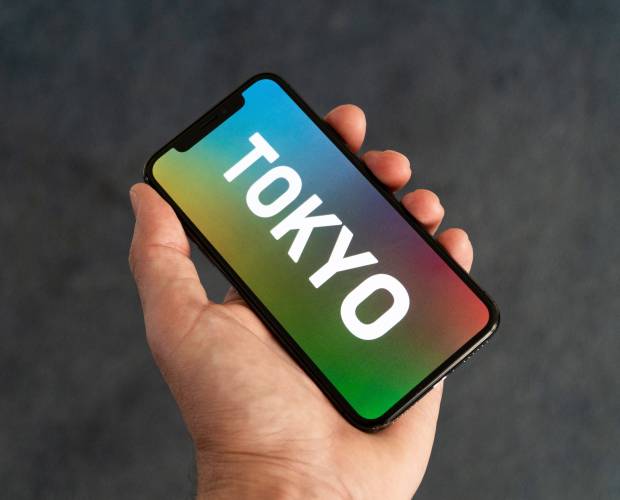Another meeting at the Smartphone Show yesterday was with Brandon Mensinga, Director, Qix at Zi Corporation. He was there to demo the Qix application to me. This is an on-device ‘Discoverability’ client sold to OEMs (Original Equipment Manufacturers aka handset makers), with server packages sold to network operators.
The idea behind Qix is to improve the discoverability and usability of mobile content, whether it resides on the phone or not. Mensinga says people often misunderstand what Qix is, and to be honest, that’s no real surprise, because it does take a few minutes to get your head round. Once you do, however, you realise it’s really quite clever.
You’ll only get Qix if it is pre-installed on a handset from a specific operator. So far, Qix is only available with one operator, Telus in Canada, on a Motorola and a HTC handset, with other handsets to follow later this year and early next. On the operator front, the only one Mensinga could mention by name was T-Mobile, which is trialling the software, but discussions are ongoing with others too.
To use Qix, you type in the first few letters of the content you’re looking for using the phone’s keypad. This could be the name of someone in your Contacts book, a song stored on the phone, or some content out on the mobile web or on the operator’s portal. The contents of the operator’s portal are pre-cached and stored on the handset, so in this respect, it functions in a similar way to an on-device portal. The content is upgraded by the phone polling the operator’s server, at a frequency set by the operator, so maybe once a day, for example. Mensinga was keen to stress that Qix is not mobile search, so it does not, and is not intended to, work in real-time.
When you search for something on the phone, the results are brought up in a particular order. This order can be customised, either by the handset maker or the operator, but in the example demonstrated to me, items one and two in the search results were the two items most frequently selected after a search has been carried out, no matter what they are. So one could be a contact, two could be a song, for example.
Items three and four were the contacts most often selected after a search. Item five was an ad. Item six was a ‘Discovery Folder’, so pre-cached content from the operator’s portal. So if you search on ‘Sport’, for instance, it will return all the sports content that was available on the portal the last time the pre-cached version on the phone was updated. And item seven was a link to the portal, where you can get up-to-the-minute information. After that, you get all the matching Contacts, followed by all the matching music files and so on.
“It is really all about usability and discoverability,” Mensinga told me. “We are not trying to replace mobile search or on-device portals or anything else. “We are trying to solve device complexity and reduce the number of key-presses you need to get to stuff and discover the different layers of contact on your phone.”
The real beauty of Qix, apart from the intelligence it applies to sorting and ranking different kinds of content, is the fact that you don’t need to fire up an application to use it. Just tap on the phone’s keypad to start searching. Discoverability is a big issue, not only for online mobile content, but also for content and applications that reside on the phone. Handset makers and network operators and mobile application developers have tried various ways to solve it, such as user customisation of the phone’s set-up, the functions that can be assigned to soft keys, and of course, on-device portals. Qix is another neat solution to the problem.
David Murphy
Editor
















